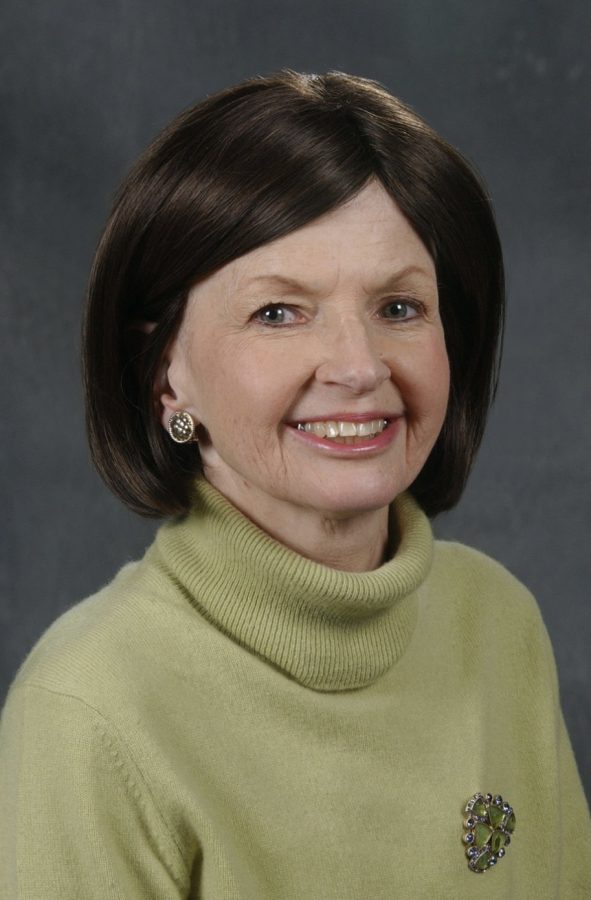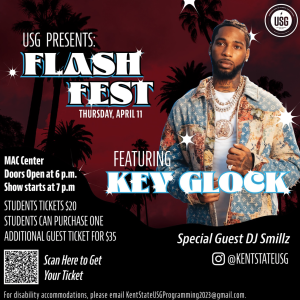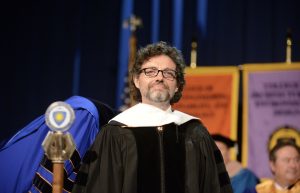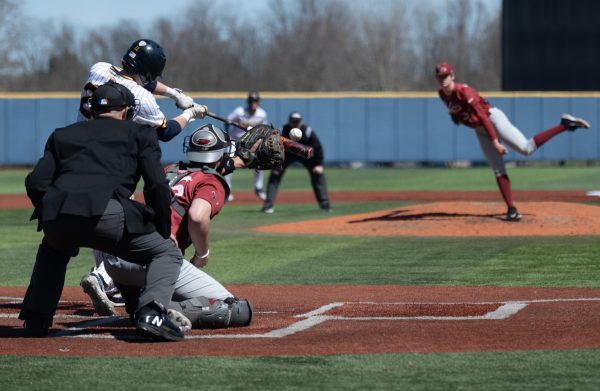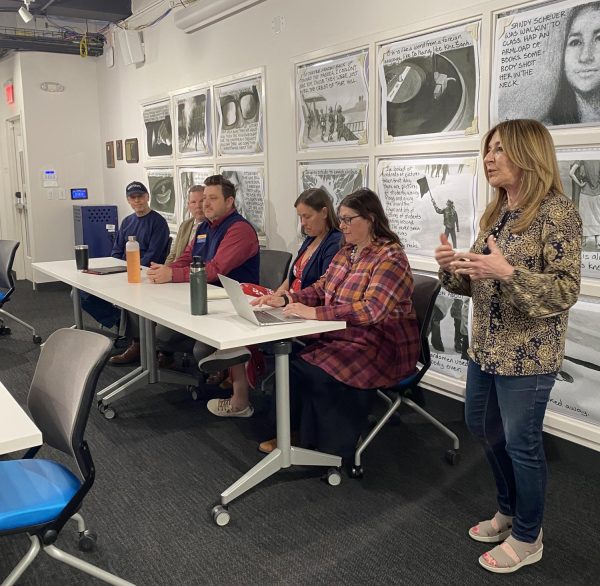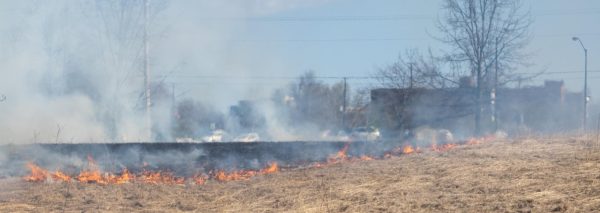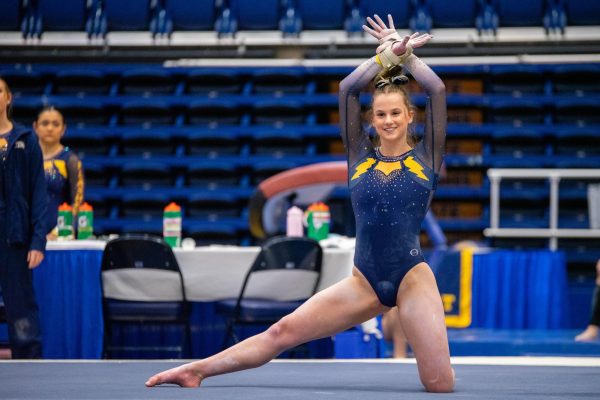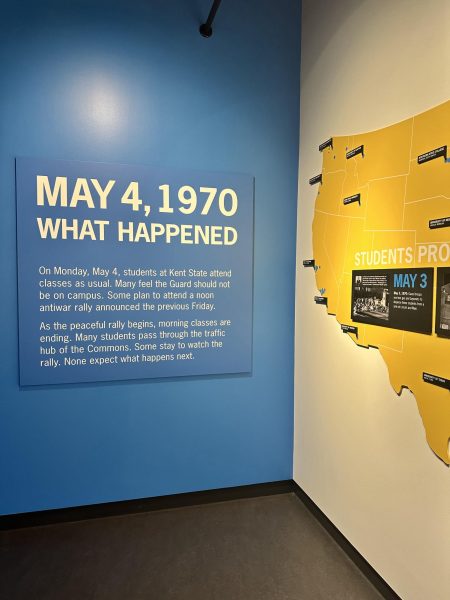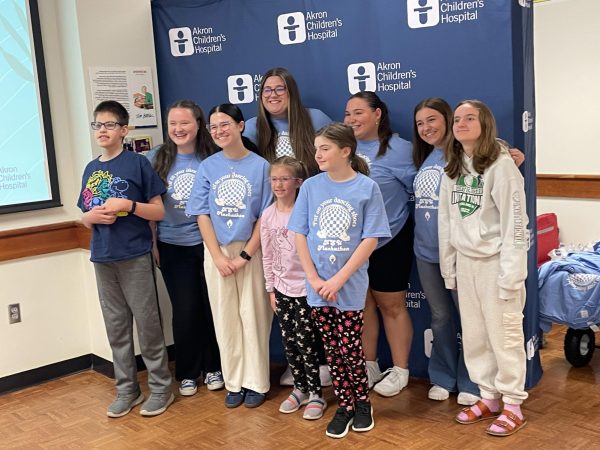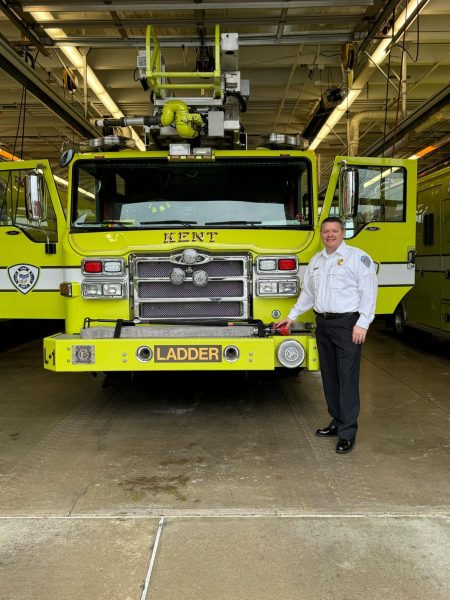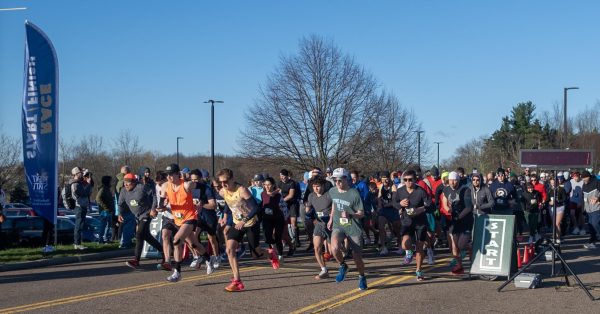SURE program provides student researchers with extensive research projects
Courtesy of Kent State University
Ann Gosky is the director of research and sponsored programs at Kent State University.
March 3, 2022
SURE is a summer research program that grants student researchers funds for faculty-run research fellowships.
“It’s a fellowship,” said Ann Gosky, the director of the Division of Research and Sponsored Programs. “They’re learning, they’re being mentored by that faculty member…it’s a wonderful experience.”
Over eight weeks, students immerse themselves in research studies of their choice, working alongside a trusted faculty member.
“Students work one on one with a faculty member, and the faculty member mentors them in a research process,” said Gosky. “Typically, students assist the faculty member with their research, but on occasion, students do independent research.”
The SURE program has implemented both virtual and in-person opportunities for students. The program also provides free student housing and stipends that vary depending on the number of hours a student works.
Students who work full-time receive a $3200 stipend, while students who work part-time can receive a $1600 stipend, according to the Office of Student Research website.
The summer research program has supported students from various disciplines, including piano performance, education, theater and biology.
Gosky said students from any major can develop life-long skills that will help in their professional development.
“Our students finish the program with skills that grad schools and employers are looking for,” she said. “Working in teams, being independent thinkers, problem solvers [and] critical thinkers.”
Jermaine Gordon, sophomore biology major, is a student researcher who participated in the summer SURE program during his freshman year.
“SURE is the one internship that caught my eye,” he said. ” I wanted to get into radiology, and I also wanted to be under a mentorship of an established professor.”
In the summer of 2020, Gordon worked with Larry Osher, a professor in the College of Podiatric Medicine. The pair researched Metatarsus Adductus, a podiatric condition found in infants in which the metatarsal bones turn inward to the middle of the body.
To determine the severity and location of the disorder, researchers use x-rays and angles to assess.
“We have several different angles that we draw on the charts [x-rays] to measure this deformity,” Osher said. “And it can be difficult for two or three different evaluators to come up with the same angular values and points that have to be selected on the radiographic bones.”
Gordon was tasked with conducting a comparison of three different methods to better determine the reliability and accuracy of measurements for the disorder.
“I had to study the degree of metarsus in one’s foot,” he said. “I use that to determine how bad it was in the degree of it so I can continue further research on newer methods [of radiographic analysis].”
Through research, Gordon was able to identify an accurate method to identify the severity of Metatarsus Adductus, which helps researchers like Osher to approach the disorder differently.
Gordon said experiences like SURE helped him grow professionally and suggests other students considering SURE to go for it.
“You have to be open to allowing new possibilities of research and be open to new experiences,” he said. “Everything should come easy after that.”
Alexus Rayzer is a reporter. Contact her at [email protected].


